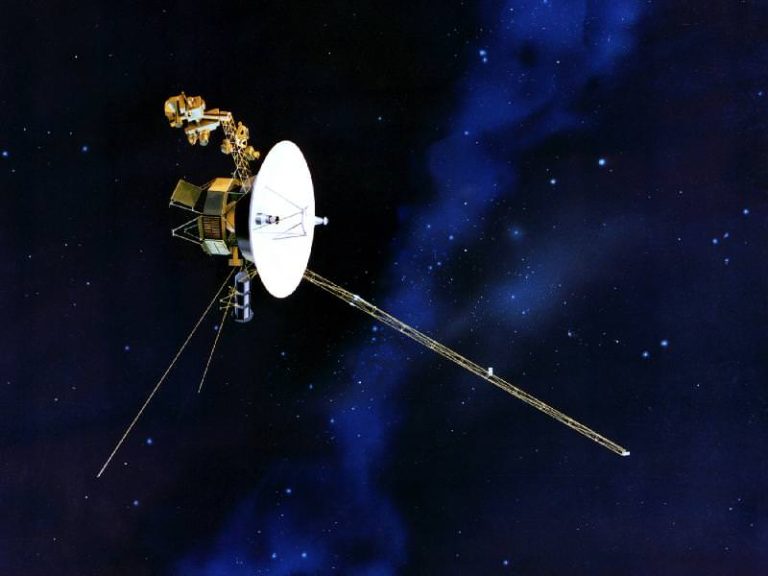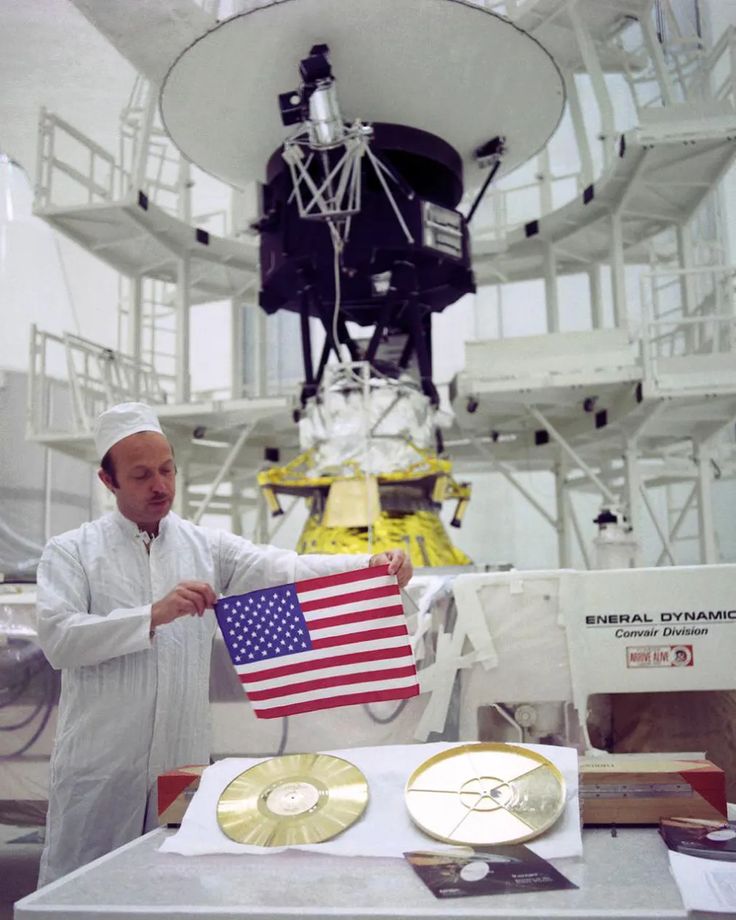Oumuamua: Material from Alpha Centauri is Already Here – What It Means for Interstellar Science
“The universe never ceases to surprise us, and with each new discovery, our cosmic perspective expands.”
Material ejected from Alpha Centauri may already be present in our Solar System, offering a rare glimpse into interstellar travel and the exchange of cosmic material that could reshape our understanding of planetary formation and stellar interconnection.
Summary
- Alpha Centauri System: The closest stellar neighbor composed of multiple stars that potentially host exoplanets and eject material into space.
- Interstellar Visitors: Discoveries like Oumuamua and Comet Borisov have sparked interest in interstellar objects and their origins.
- Research Insights: Recent simulations indicate that millions of particles may have been ejected from Alpha Centauri over time, with a few making close approaches to our Solar System.
- Scientific Implications: Studying these particles can provide clues about the formation of planets and the exchange of material across the galaxy.
- Future Opportunities: Improved technology and further research may eventually allow us to detect and study these elusive interstellar grains.
Introduction
The study of interstellar objects (ISOs) has become a fascinating field in modern astrophysics. Early in 2017 and 2019, the discoveries of Oumuamua and Comet Borisov respectively challenged our long-held views of the Solar System as an isolated entity. These cosmic visitors, traveling through space on unusual trajectories, have compelled scientists to explore the possibility that our neighborhood might host material from nearby star systems.
One star system that has recently come under scrutiny is Alpha Centauri. Being our nearest stellar neighbor, Alpha Centauri offers an exciting prospect: material ejected from its system may already be drifting into our own. Researchers, including Cole Greg and Paul Wiegert, have simulated the ejection of particles from Alpha Centauri and the subsequent journey these particles take over millions of years. Their work, detailed in A Case Study of Interstellar Material Delivery: Alpha Centauri, provides a theoretical framework that hints at an intricate web of cosmic exchanges between stars.
The Alpha Centauri System
Alpha Centauri is not a single star but a complex system consisting of Alpha Centauri A, Alpha Centauri B, and Proxima Centauri, a small red dwarf. This combination of stars forms a dynamic gravitational dance, which can lead to the ejection of material from the system. Over billions of years, interactions among the stars and any orbiting planets or remnant planetesimals may scatter debris into interstellar space.
The recent research indicates that despite Alpha Centauri being a mature system—approximately five billion years old—it still ejects a significant amount of material. The gravitational interactions in such a multi-star system can create disturbances similar to those in our own Solar System, where asteroids and comets are flung into space. It is estimated that nearly 1,090,000 particles have been ejected over a simulated period of 110 million years, with only a very small fraction coming within a close approach of our Sun.

Simulation Insights and Data Analysis
In the simulations conducted by Greg and Wiegert, the ejection of particles from Alpha Centauri was modeled over a vast timescale. The simulation spanned from 100 million years in the past to 10 million years into the future, providing insights into the long-term dynamics of interstellar material travel.
One key finding of the simulation was the survival criteria for these ejected particles. To traverse the vast distances of interstellar space, particles must be large enough to endure various destructive forces such as magnetic fields, drag from the interstellar medium, and collisions. The simulation found that a typical surviving particle has a median size of about 3.30 micrometers. This size is crucial because particles smaller than this threshold are more likely to be destroyed before they reach the inner Solar System.
The data reveal that only around 350 of the ejected particles in the simulation came within a close enough distance to our Sun to potentially be detected. This small percentage underscores the difficulty of finding interstellar material, yet even this minute number could hold invaluable clues about the nature of material exchange between stars.
Below is a table summarizing some key simulation parameters:
| Parameter | Value | Description |
|---|---|---|
| Simulation Duration | 110 million years | Time span from 100 Myr in the past to 10 Myr in the future |
| Number of Ejecta | 1,090,000 | Total particles ejected by Alpha Centauri |
| Close Approaches | 350 | Particles that came near the Sun |
Interstellar Objects: Oumuamua and Comet Borisov
The discovery of Oumuamua in 2017 marked the first time that an object from outside our Solar System was observed passing through. Its unusual shape and trajectory spurred intense debate and further study within the scientific community. Similarly, Comet Borisov, discovered in 2019, exhibited characteristics of a typical comet while also confirming its interstellar origin.
These objects provided early evidence that interstellar visitors could be more common than once thought. The simulations of Alpha Centauri ejecta support this idea by suggesting that material from nearby stars might occasionally enter our Solar System. Although most particles are tiny and undetectable with current technology, their collective presence can significantly impact our understanding of cosmic processes.
The following table offers a comparison of the known interstellar objects:
| Object | Discovery Year | Key Features |
|---|---|---|
| Oumuamua | 2017 | Unique shape, rapid movement, first ISO detected |
| Comet Borisov | 2019 | Traditional comet features with confirmed interstellar origin |
Scientific Implications and Future Prospects
The presence of interstellar material from Alpha Centauri in our Solar System could revolutionize our approach to space science. This phenomenon suggests that material exchange across star systems is a natural and ongoing process. Such exchanges may not only redistribute dust and debris but could also transport organic compounds that are vital to the processes of life.
If material from Alpha Centauri is indeed reaching our Solar System, it opens up new avenues for studying the origins and evolution of planetary systems. By analyzing these particles, scientists can potentially deduce the chemical makeup and physical conditions of distant exoplanetary environments without leaving our Solar System. This prospect is especially exciting in the context of panspermia, the hypothesis that life, or its precursors, might be distributed across the universe via interstellar objects.
Technological challenges remain, however. The tiny size of the surviving particles makes them extremely difficult to detect with current instruments. Facilities like the Zephyr Meteor Radar Network have contributed to our understanding of interstellar dust, yet advancements in detection technology will be crucial for future research.
The interstellar medium is the space between stars. It contains magnetic fields and sparse gas. These conditions create a harsh environment for particles. We need new ideas to overcome these challenges. Countries are already working together on projects worldwide.

Broader Impact on Space Science
The possible movement of material between Alpha Centauri and our Solar System shows that our cosmic neighborhood is more connected than we thought. We used to think that star systems developed on their own. This new understanding suggests that sharing material between stars might be important for forming and changing planets.
These findings also affect how we view cosmic history. For a long time, astronomers looked at stars one by one. Now, new research shows we need to think about how moving material between stars affects the chemical and physical changes in galaxies. By using better computer simulations and observation tools, scientists might soon track where these particles go in more detail.
The astrophysics community is very excited. Each new discovery helps us understand the universe better. As we keep exploring space, studying objects that travel between stars shows our curiosity and our drive to learn more.
Fun Facts
- Alpha Centauri is the closest star system to our own, and its study has intrigued astronomers for centuries.
- Oumuamua was the first detected interstellar object, setting the stage for future discoveries.
- Comet Borisov confirmed that interstellar visitors could have traditional cometary features.
- Simulation studies suggest that tiny particles from Alpha Centauri might be abundant in the distant reaches of our Oort Cloud.
- Advances in detection technology could soon allow us to capture and analyze interstellar material directly.








